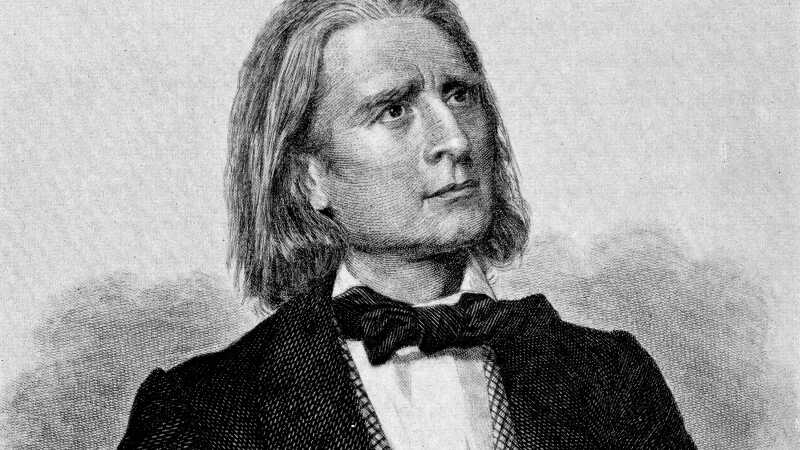The History of Liebesträume No. 3 by Franz Liszt
Franz Liszt’s Liebesträume No. 3, also known as Dreams of Love No. 3, stands as one of the most beloved and evocative solo piano works of the Romantic era. Published in 1850, this piece is the third and final work in a set of three piano compositions known as Liebesträume (German for “Dreams of Love”), which explore different forms of love: religious, romantic, and unconditional.
Origins and Literary Inspiration
The Liebesträume pieces were originally composed as songs for voice and piano, based on poems by German writers Ludwig Uhland and Ferdinand Freiligrath. Liszt later transcribed these into solo piano works, giving each one a deeply expressive and poetic character. Liebesträume No. 3, the most famous of the set, is based on Freiligrath’s poem O Lieb, so lang du lieben kannst (“O love, as long as you can”), which urges readers to love sincerely and unconditionally before it is too late.
This message of fleeting love and the inevitability of loss is reflected in the music’s emotional intensity, lyrical melody, and virtuosic flourishes. The poem’s philosophical and emotional depth provided Liszt with the perfect inspiration for a composition that balances tenderness and technical brilliance.
Structure and Musical Style
Liebesträume No. 3 is written in A-flat major and follows a ternary (ABA) form. It opens with a serene and singing melody, marked by a gentle, flowing rhythm that resembles a nocturne. As the piece progresses, the emotional tension builds with increasingly complex harmonies, dramatic dynamic contrasts, and intricate passagework.
The central section introduces a darker, more impassioned theme, evoking the anguish of lost or unfulfilled love. This is followed by a return to the opening melody, now enriched with deeper emotional resonance. The final moments of the piece offer a peaceful resolution, fading into a dreamlike conclusion.
Liszt’s characteristic Romantic style is on full display: from the expressive rubato and dynamic shading to the use of arpeggios, chromaticism, and rich harmonic language. While the piece is technically challenging, its primary appeal lies in the performer’s ability to convey its deep emotional narrative.
Reception and Legacy
Since its publication, Liebesträume No. 3 has remained a staple in the piano repertoire and a favorite among both performers and audiences. Its lyrical beauty and emotional depth have made it one of the most frequently performed and recorded of Liszt’s works.
Beyond the concert hall, Liebesträume No. 3 has also found a place in popular culture, appearing in films, television shows, and advertisements. Its recognizable melody has helped introduce new generations to classical music, reinforcing Liszt’s legacy as a composer who could combine profound feeling with dazzling technique.
Conclusion
Liebesträume No. 3 is much more than a showpiece—it is a meditation on love, loss, and the human condition. Through this composition, Franz Liszt invites listeners to reflect on the transient beauty of life and the importance of loving deeply while one can. More than 170 years after its creation, the piece continues to inspire pianists and captivate audiences around the world, securing its place as one of the timeless masterpieces of Romantic piano literature.


Comments are closed